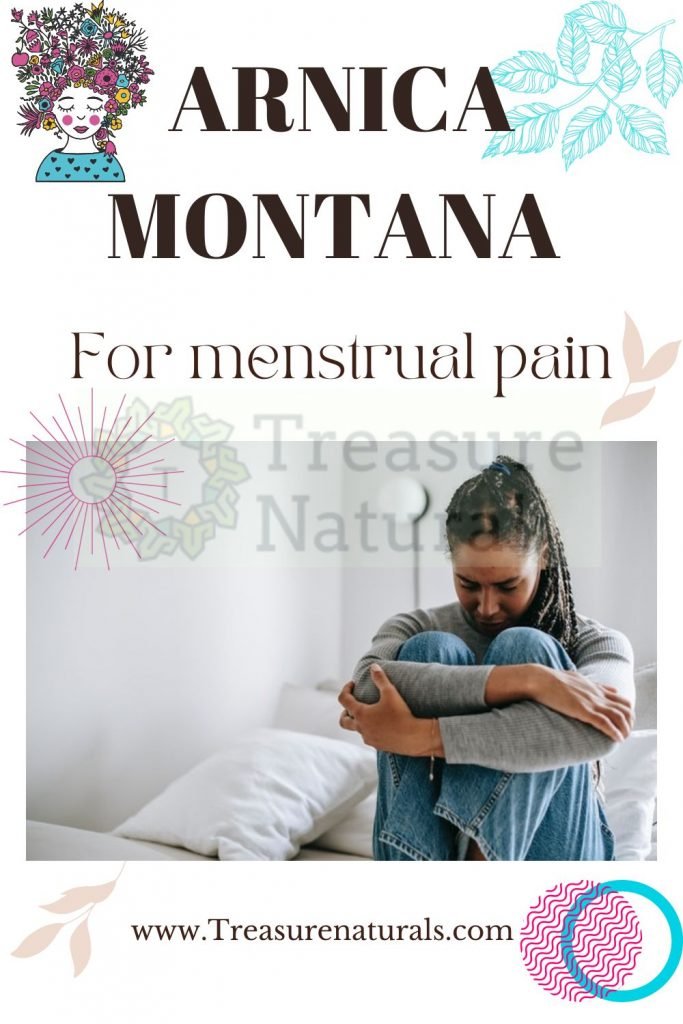
Arnica montana is an anti-inflammatory plant: can it also be useful for menstrual pain?
The Arnica is an herbalist and herbal remedy by the action anti-inflammatory used in the treatment of bruises, injuries and muscle aches and joint : arnica can also be useful for menstrual pain ? Let’s see it together.
Arnica montana: what it is, how and when it is used
Arnica montana is a perennial herbaceous plant belonging to the family Asteraceae which produces solitary flowers yellow-orange color.
The arnica drug is represented precisely by the flowers that contain flavonoids, sesquiterpene lactones and essential oil.
The arnica flowers have anti-inflammatory and antimicrobial properties and are used in the production of tinctures, infusions, ointment and oils.
These products are used exclusively externally for the treatment of hematomas, bruises, strains, bruises and edema due to surgical operations or trauma.
Also for external use, arnica-based products are indicated in case of rheumatic pain affecting the muscles and joints.
Finally, arnica can be used externally in case of inflammation of the mouth and skin including furunculosis and insect bites.
In predisposed subjects, arnica can cause skin irritation and dermatitis. Its use is contraindicated in case of allergies to Asteraceae.
Arnica is a rare and protected species and it is necessary to inquire about any prohibitions or limitations relating to the collection.
Arnica montana for menstrual pain

Arnica montana has an anti-inflammatory action and this could make it a useful remedy for menstrual pain.
Since arnica should only be used externally, it could be effective in massaging the belly and lower back during the menstrual cycle.
However, Arnica has no specific indications in the treatment of menstrual pain. In fact, drugs with spasmolytic action are much more effective against menstrual pain , which calm the spasms of the uterus that occur during menstruation and cause pain.
The most suitable spasmolytic drugs , to be taken in the form of herbal tea, are:
> the yarrow ;
> chamomile ;
> lemon balm ;
> the black cohosh;
> cumin ;
> marjoram.
These plants can be associated with other anti-inflammatory activities, such as calendula and meadowsweet , to be added to the herbal tea if necessary.
As an adjuvant to the herbal tea it is then possible to massage the belly and lumbar area with an arnica-based ointment, to decrease the inflammation that often affects these areas during menstruation.






